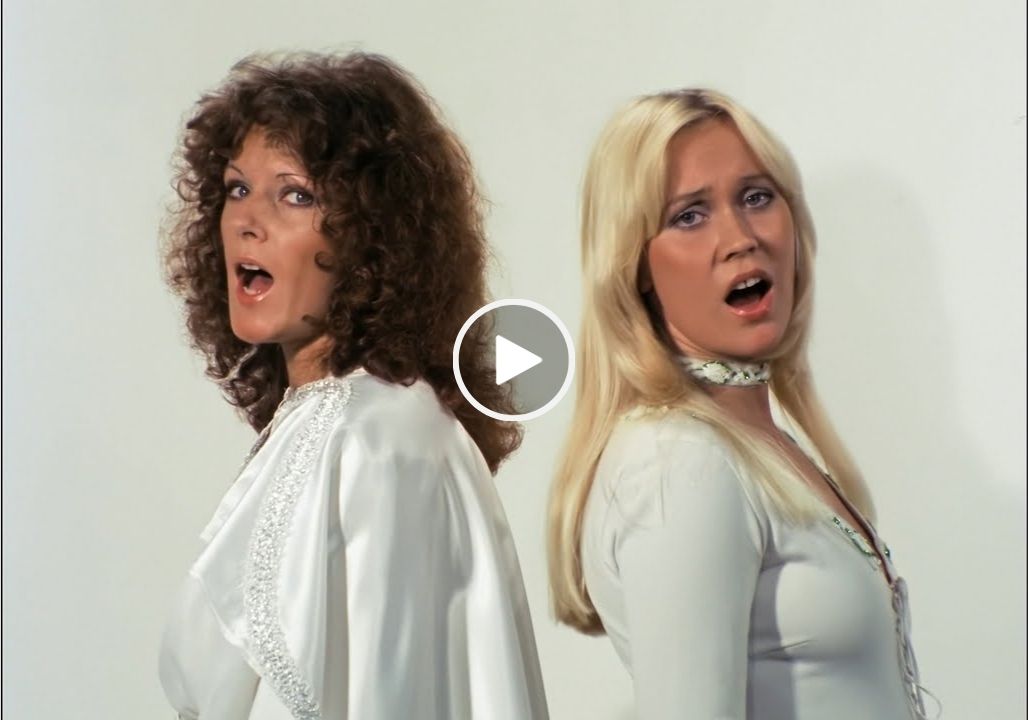Introduction
Dancing Queen Arrival: The History of ABBA’s “Mamma Mia”
Though it’s become synonymous with summer anthems and feel-good musicals, ABBA’s “Mamma Mia” almost never graced our ears. Composed by Benny Andersson, Björn Ulvaeus, and Stig Anderson, “Mamma Mia” was the final track recorded for their 1975 self-titled album. Written at the home of band members Björn and Agnetha, the song’s origins remain shrouded in some mystery.
Despite its late addition, ABBA clearly saw potential in “Mamma Mia.” It was one of only four songs from the album chosen for a promotional music video, a rarity in those days. Interestingly, the song wasn’t initially intended as a single. However, its infectious energy and catchy chorus resonated with audiences, propelling it to become a global hit.
“Mamma Mia” marked a turning point for ABBA. It showcased their signature blend of pop sensibilities and European flair, becoming a staple of their live shows and a major contributor to their international success. The song’s influence transcended language and genre.
But “Mamma Mia’s” legacy extends far beyond the charts. In 1999, the song became the title track and driving force behind the smash-hit musical “Mamma Mia!” Featuring an entire narrative built around ABBA’s music, the musical revitalized the band’s popularity and introduced their timeless tunes to a whole new generation. The success of the musical later spawned a hit movie adaptation in 2008, solidifying “Mamma Mia” as a cultural phenomenon.
So, the next time you hear the opening chords of “Mamma Mia,” take a moment to appreciate its unexpected journey. From a last-minute addition to a pop sensation, this song’s legacy continues to grow, soundtracking countless happy memories and keeping ABBA’s music alive for decades to come.
